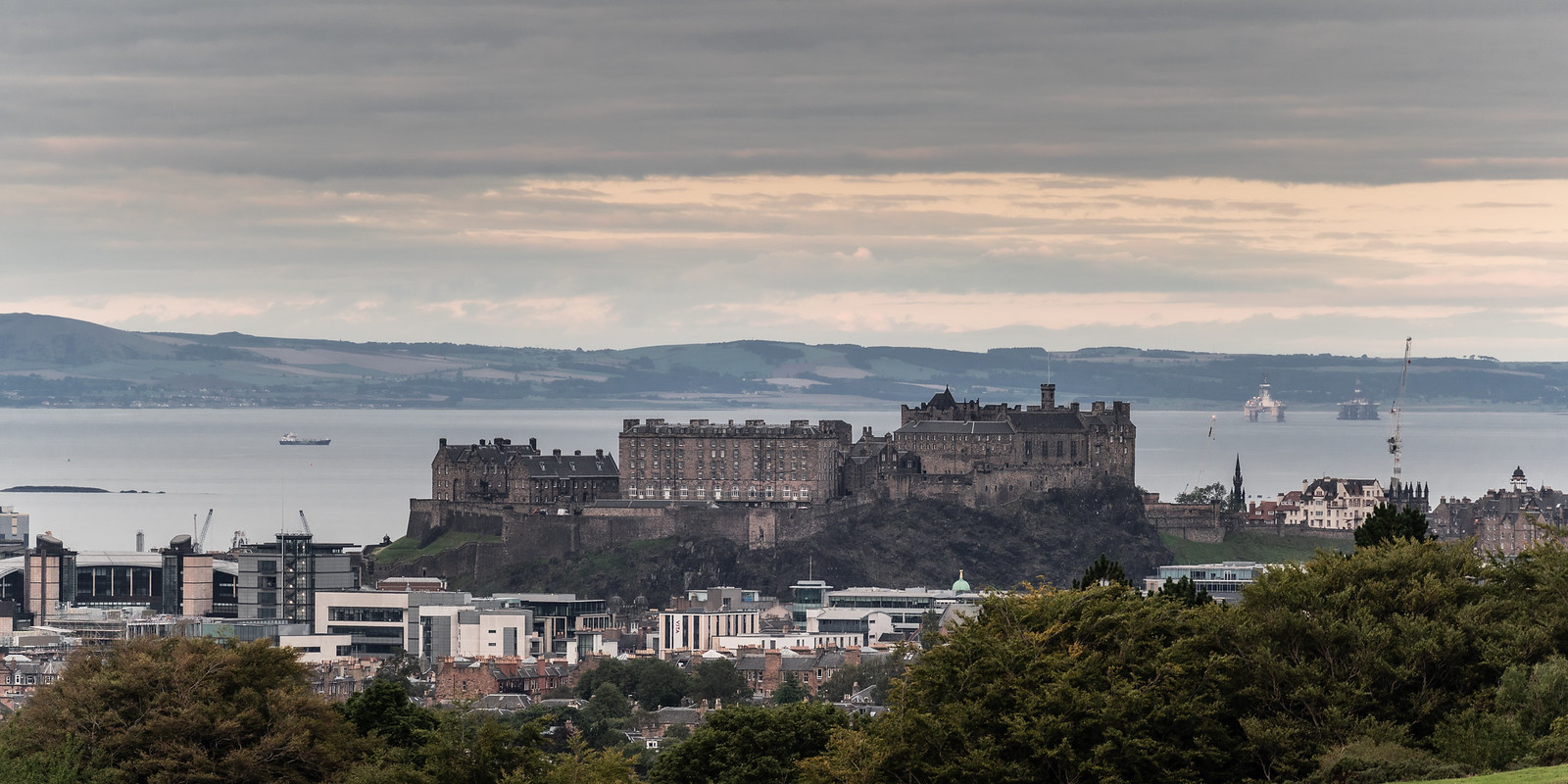alanbeeb
pfm Member
Hello... I'm struggling with Telephoto zooms.
On my Z6 I had a very highly regarded AF-P 70-300 E ED (on the ftz adapter) and tbh the results were always a bit greyish and grainy. Native telephoto options for Z are still oncoming from Nikon.
On my micro 4/3 Oly Em5 iii I've had more problems. - the ultra cheap & small (about the size of a small tea mug) 40-150 f5.6-7.1. It is just about Ok if the light is perfect. But otherwise its just not very good. Given its price of £150 new that is maybe not surprising.
I have also had (and sold on) the much more expensive Olympus 40-150 f2.8 . By M43 standards this is a big heavy lens and it overbalanced the camera, and frankly, wasn't a heck of a lot better than its ultra cheap brother above.
Now I have obtained from eBay a Lumix Leica 100-400 F4-6.3 - also big for m43 but somehow better balanced than the oly f2.8..... in general I am finding that the Lumix lenses, especially the Leica badged ones, are better than their Olympus equivalents. However while this one is much better than the Olympus 40-150 f2.8, its still lacking sharpness especially at infinity focus. The image quality might be Ok for small to medium size prints but I think anything much bigger than A4 is going to show up problems.
Am I just expecting too much from tele zooms? Should I give up and try a prime instead?
On my Z6 I had a very highly regarded AF-P 70-300 E ED (on the ftz adapter) and tbh the results were always a bit greyish and grainy. Native telephoto options for Z are still oncoming from Nikon.
On my micro 4/3 Oly Em5 iii I've had more problems. - the ultra cheap & small (about the size of a small tea mug) 40-150 f5.6-7.1. It is just about Ok if the light is perfect. But otherwise its just not very good. Given its price of £150 new that is maybe not surprising.
I have also had (and sold on) the much more expensive Olympus 40-150 f2.8 . By M43 standards this is a big heavy lens and it overbalanced the camera, and frankly, wasn't a heck of a lot better than its ultra cheap brother above.
Now I have obtained from eBay a Lumix Leica 100-400 F4-6.3 - also big for m43 but somehow better balanced than the oly f2.8..... in general I am finding that the Lumix lenses, especially the Leica badged ones, are better than their Olympus equivalents. However while this one is much better than the Olympus 40-150 f2.8, its still lacking sharpness especially at infinity focus. The image quality might be Ok for small to medium size prints but I think anything much bigger than A4 is going to show up problems.
Am I just expecting too much from tele zooms? Should I give up and try a prime instead?




